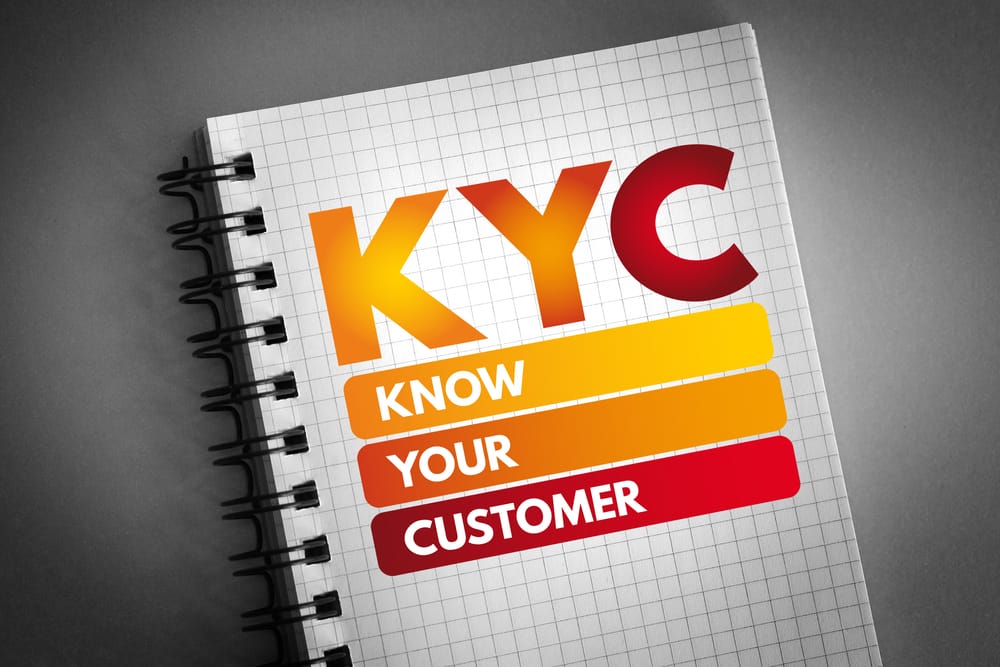Integrating new compliance technologies into your existing systems can seem daunting, but with a structured approach, it becomes manageable and highly beneficial. This guide outlines the steps for integrating compliance technologies, focusing on leveraging the capabilities of iComply’s KYC, KYB, and AML solutions.
Step 1: Assess Your Current Compliance Framework
Identify Current Systems and Processes
-
Audit Current Technologies: Document the systems you currently use for compliance, noting their capabilities and limitations.
-
Evaluate Compliance Requirements: Review the regulatory requirements pertinent to your organization. This could include KYC (Know Your Customer), KYB (Know Your Business), and AML (Anti-Money Laundering) regulations specific to your industry and operating regions.
Determine Integration Needs
-
Gap Analysis: Identify gaps in your current compliance framework that new technologies need to address.
-
Stakeholder Consultation: Engage with compliance officers, IT staff, and key business stakeholders to gather insights and requirements.
Step 2: Select the Right Compliance Technology
Understand the Features
-
Modular Solutions: Look for technologies that offer modularity, allowing you to integrate components like KYC, KYB, and AML individually or as a complete suite.
-
Scalability and Flexibility: Ensure the solution can scale with your business and adapt to changing regulatory requirements.
Evaluate Providers
-
Vendor Comparison: Compare different providers based on their technology, support, cost, and compliance capabilities.
-
iComply’s Edge: Consider iComply for its comprehensive, end-to-end solutions that reduce the need for multiple vendors, support global compliance, and offer proactive management of regulatory changes.
Step 3: Plan Your Integration
Define Objectives and Metrics
-
Integration Objectives: Clearly define what you aim to achieve with the new compliance technology, such as reduced manual processing, improved compliance accuracy, or enhanced data security.
-
Success Metrics: Establish metrics to measure the success of the integration, such as processing time, compliance accuracy, and user satisfaction.
Develop an Integration Roadmap
-
Phased Implementation: Plan the integration in phases to minimize disruption. Start with non-critical processes and gradually move to core compliance functions.
-
Timeline and Milestones: Set a realistic timeline with specific milestones and deliverables to track progress.
Step 4: Execute the Integration
Prepare Your IT Infrastructure
-
System Compatibility: Ensure your existing IT infrastructure is compatible with the new compliance technology.
-
API Integration: Utilize APIs to seamlessly connect the new compliance system with your existing platforms, ensuring smooth data exchange and interoperability.
Data Migration and Validation
-
Data Transfer: Migrate your existing compliance data to the new system, ensuring it is correctly mapped and validated.
-
Pilot Testing: Conduct pilot tests to identify and resolve any integration issues before full deployment.
Step 5: Train and Support Your Team
Comprehensive Training
-
User Training: Provide comprehensive training for all users, including compliance officers and IT staff, to ensure they are proficient with the new system.
-
Ongoing Support: Set up ongoing support channels to assist users with any issues post-deployment.
Continuous Improvement
-
Feedback Loop: Establish a feedback loop to gather user feedback and continuously improve the system.
-
Regular Updates: Keep the system updated with the latest compliance regulations and technological advancements.
Step 6: Monitor and Optimize
Continuous Monitoring
-
Performance Metrics: Continuously monitor performance metrics to ensure the system is meeting its objectives.
-
Regular Audits: Conduct regular audits to ensure ongoing compliance and identify areas for improvement.
Optimize and Scale
-
Iterative Improvements: Make iterative improvements based on monitoring data and user feedback.
-
Scalability: Scale the system as your business grows and as regulatory requirements evolve.
Making the Right Choice with iComply
Integrating new compliance technologies is not just about meeting regulatory requirements; it’s about building a more secure, efficient, and trustworthy operation. Here’s why iComply stands out:
-
End-to-End Solutions: iComply offers comprehensive KYC, KYB, and AML solutions that eliminate the need for multiple vendors, simplifying your compliance process and reducing costs.
-
Global Reach: With support for over 13,500 document types across 195 countries and 142 languages, iComply ensures you meet compliance standards anywhere in the world.
-
Scalable and Flexible: Whether you’re a small business or a large enterprise, iComply’s modular approach allows you to scale and customize your compliance solutions as your needs evolve.
-
Proactive Compliance: Stay ahead of regulatory changes and cyber threats with iComply’s proactive monitoring and regular updates, ensuring your compliance framework is always current.
-
User-Friendly Integration: Seamlessly integrate with your existing systems through robust API connections, and enjoy a user-friendly interface that enhances the compliance experience for your team.
With iComply, you’re not just adopting a compliance solution; you’re partnering with a team dedicated to building trust, security, and efficiency into every transaction. Let’s create a safer and more equitable digital ecosystem together.





